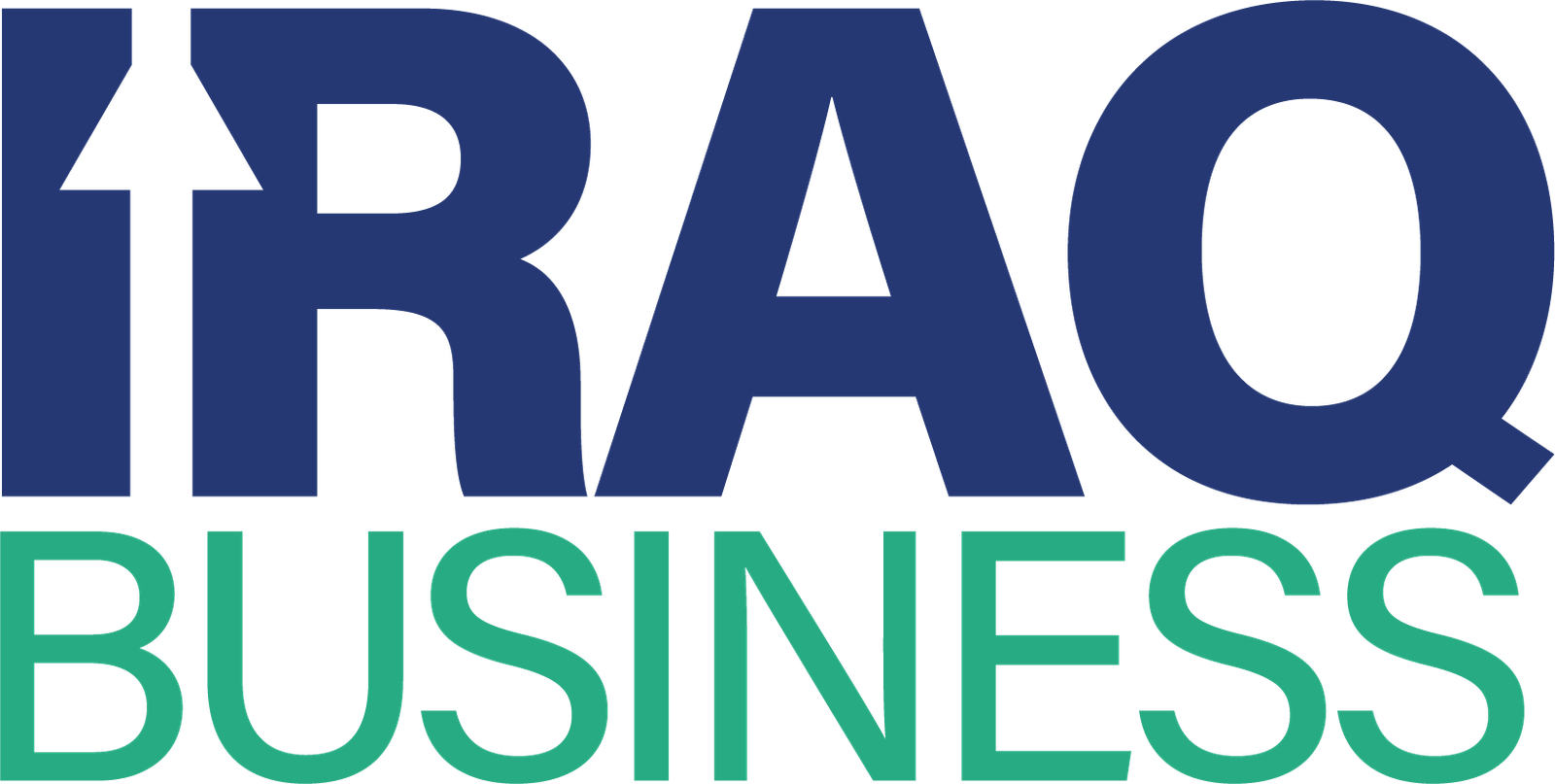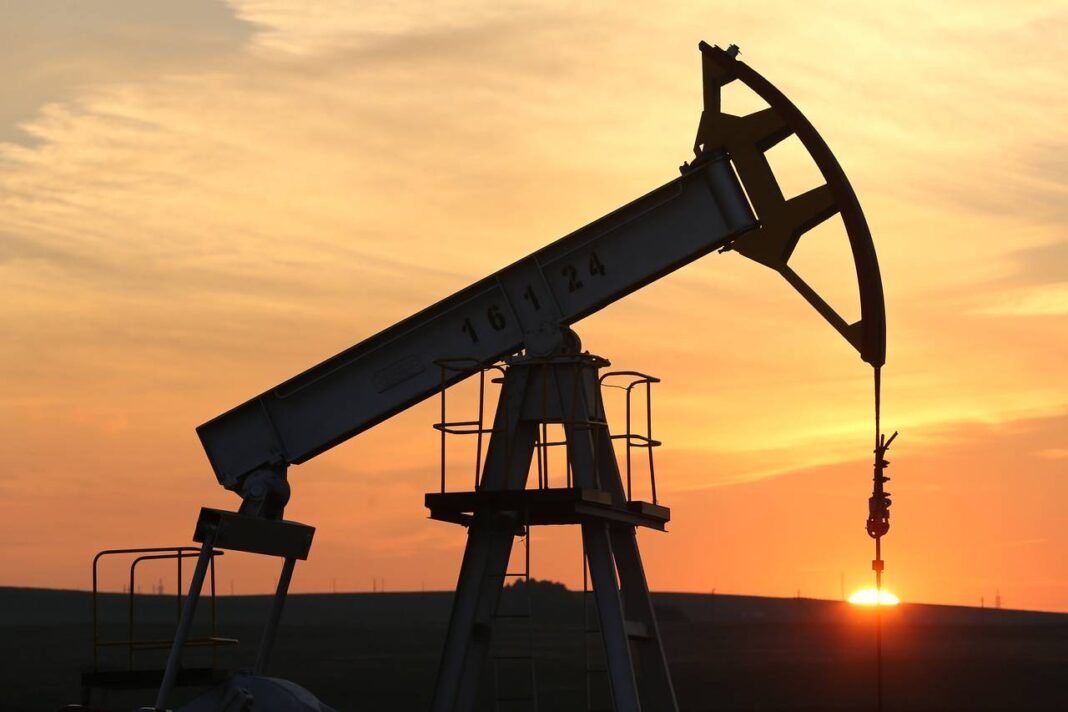Oil prices rise on OPEC+ decision as traders react to supply concerns. The group raised output by less than expected, which pushed prices higher. At the same time, possible new sanctions on Russia added more pressure on supply. These two factors combined to lift market sentiment.
Brent crude increased by 35 cents to reach $66.37 per barrel. U.S. West Texas Intermediate crude climbed 32 cents to $62.58 per barrel. Both benchmarks moved higher as investors assessed production levels and global risks.
OPEC+ members agreed to increase production from October by 137,000 barrels per day. This figure was much lower than earlier monthly increases. In August and September, production grew by about 555,000 barrels per day. July and June recorded growth of around 411,000 barrels per day. Analysts had expected higher numbers, so the smaller rise surprised markets.
Energy experts explained that this October decision marked a shift. The group had planned to keep cuts in place until 2026. However, they already returned more barrels in recent months. This adjustment showed that OPEC+ wants to balance prices and supply.
Analysts from Haitong Securities noted another concern. They said demand has not met early expectations. As a result, the risk of crude oversupply continues to shape prices. Despite this, limited production growth keeps oil markets supported.
Speculation about more sanctions on Russia also supported prices. Russia carried out its largest air attack on Ukraine, hitting a government building in Kyiv. Following the attack, U.S. President Donald Trump signaled a new round of restrictions. At the same time, a senior European Union sanctions official visited Washington. Both sides discussed coordinated measures that could restrict Russian oil exports. Reduced Russian supply would tighten markets further and lift oil prices rise on OPEC+ decision again.
Beyond supply risks, monetary policy also affects oil demand. The U.S. Federal Reserve’s policy committee will meet soon. Traders currently expect a quarter-point interest rate cut. Lower interest rates reduce borrowing costs. This can boost economic growth and raise energy demand. Stronger demand would add more support to the current price momentum.
In summary, oil prices rise on OPEC+ decision because of smaller production increases, potential new sanctions, and upcoming U.S. monetary moves. Markets will keep watching supply changes and global politics to predict the next move.


